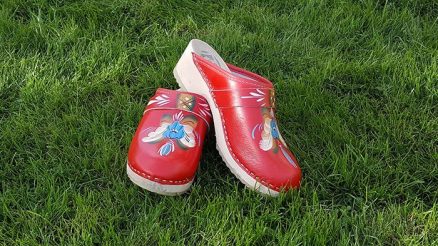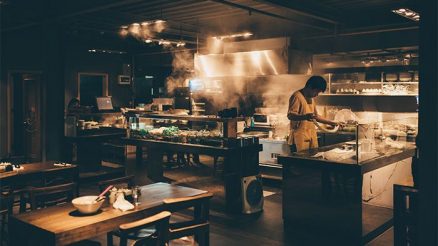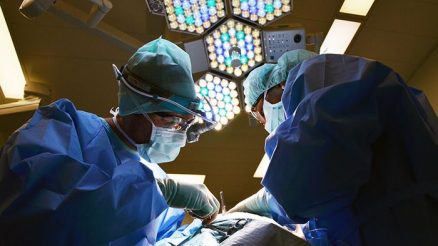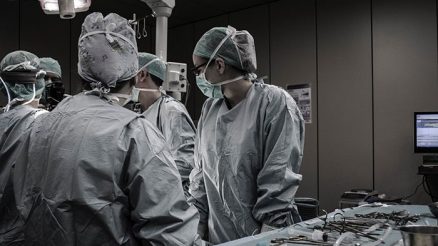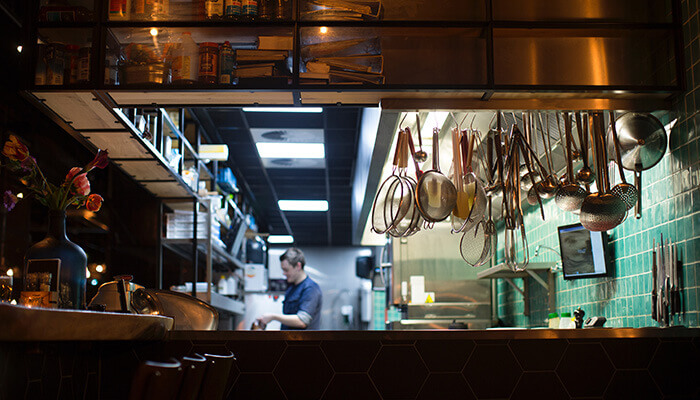
Even if you spend a sizeable amount annually to keep your staff productive, injuries and illnesses abound in your restaurant’s kitchen. In order not to experience undue financial stress caused by employee illness and injury, here are just a few restaurant and kitchen safety tips to follow.
10 Restaurant and Kitchen Safety Tips:
1. Preventing Slips, Trips, and Falls.
To avoid any untoward incident, you must instruct your employees to deal with spills immediately. If there are wet marks on the floor, you must have signs to mark them so your employees and customers can avoid them. Furthermore, the best shoes for kitchen employees must be waterproof and heavy-duty with nonslip soles to prevent slips and falls.
Another important practice in keeping your kitchen safe is to have non-slip mats. These mats and floorings can offer traction and friction for fast-moving kitchen employees.
2. Take Precautions to Prevent Burns.
Your employees can quickly get kitchen burns. A person may be draining boiled pasta or taking out a hot pan from the oven when he gets burnt. Fortunately, it is easy to prevent burns by following safety precautions.
Each employee must wear oven mitts when working on the oven or stove. The mittens can protect his hands when he needs to take out a pan out of the oven or from the furnace. When removing the lid of a hot pot, the kitchen employee must stand back so that he does not get steam burns. When pouring hot liquids or draining hot pasta, he must exercise proper care so that the hot oil, hot soup, or boiling water will not scald him.
3. Preventing Electric Shock.
Your employees can experience electric shocks when there are worn or damaged electrical cords and faulty or improper wiring of equipment and appliances. You must instruct your employees to follow safety procedures to prevent an electric shock.
Kitchen workers must not flip the circuit breaker often; like what they do with a light switch. This simple act can damage it. Employees must turn off the power immediately in case of an emergency.
4. Preventing Kitchen Fires.
To prevent kitchen fires, you must install fire extinguishers in various areas around your restaurant. Your employees must know how to use them correctly. Furthermore, you must keep a schedule when it comes to replacing your expired extinguishers.
Kitchen employees must not wear clothing that can catch fire quickly. They must keep flammable objects like dish towels away from any cooking equipment. Furthermore, they need to learn how to put out a grease fire by turning off the heat source and covering the flames with a metal lid. They must keep calm and use the extinguisher if the fire becomes uncontrollable.
5. Use Kitchen Equipment Safely and Prevent Workplace Amputations.
Each of your employees must know the proper use of restaurant and kitchen equipment. You must ensure that your staff knows how to use the machine according to the manufacturer’s instructions. Also, you need to schedule a regular inspection of your appliances by a professional. Broken machines can pose safety risks to not only you and your staff but to your customers as well.
You must train your employees to use kitchen equipment and appliances properly. A newly-hired employee must have an experienced operator who can supervise him directly until he can handle the equipment safely on his own. You must ensure that each employee follows the recommendations of manufacturers of the equipment and appliance her or she is using with regards to safe cleaning and operating procedures.
6. Prevent Cuts and Lacerations and Use Kitchen Knives Safely.
You must provide uniforms to your kitchen staff to keep them comfortable and clean while working. Also, you must not overlook footwear because injuries can happen without the proper shoes.
By having the right safety rules in place, you can prevent most kitchen injuries. Many of your employees are at risk of injuries caused by broken glass, slicers, and knives. To prevent such injuries, they must practice safe use of blades so that they do not cause damage to themselves and other people. As a precaution, you can give them cut-resistant gloves.
7. Prevent Musculoskeletal Disorders and Safe Lifting Techniques for Heavy Objects.
Employees can prevent sprains and strains in the workplace. As an employer, you must put in place a comprehensive prevention process to identify and eliminate risk factors. Engineering controls must be present to reduce or eliminate awkward postures through ergonomic modifications. Furthermore, administrative controls must be in place to include counteractive stretch breaks, job rotation, and work practice controls.
You must train your employees on the proper lifting techniques of heavy loads. Also, you need to inform them to clear a path they would take before they transport heavy objects. Kitchen workers must use their legs and bend their knees when they lift bulky items. In carrying hot liquids, they must excise care.
8. First Aid for Kitchen Injuries.
Every restaurant employee must be provided with the right safety equipment. Following restaurant and kitchen safety tips will protect your team and make your restaurant operate smoothly and efficiently. In case of accidents, your employees must know where to get the first aid kit. You also need to keep emergency numbers on hand so that any one of your staff can make the call to ask for help.
9. Basic Life Saving Measures and Workplace Violence Prevention.
Each of your employees must know how to perform necessary lifesaving skills such as CPR and the Heimlich maneuver. Your kitchen workers must know how to use automatic external defibrillators. Moreover, employees must know how to control bleeding, provide aspirin for strokes and heart attacks, and administer an EpiPen to coworkers with severe allergic reactions.
To prevent workplace violence, you must put a zero-tolerance policy in place. You need to train your staff to recognize the signs of workplace violence and the ways to deal with it. Before hiring an employee, you must perform a background check to ensure that he or she has no history of violent crimes. Lastly, you must have a threat management team who can handle security and safety threats to customers, employees, and even yourself.
10. Avoiding Workplace Chemical Hazards and Preparing for Emergencies.
Some kitchen appliances have fire suppression systems. In case of emergencies, they can switch off the fuel supply and emit substances that can put out the fire. Some units have manual switches while others dispense the substances automatically. Furthermore, your restaurant must have emergency lights in strategic locations. Also, you need to put exit signs that everyone can easily spot. It is good practice to have evacuation drills aside from your regular fire drills.
Your kitchen staff will be safe if you train them with the proper use of cleaning products. Furthermore, you reduce the risk of food-borne illnesses spreading to your customers and keep your kitchen environment sanitary by teaching your staff adequate cleaning techniques.
No matter the workplace, there are hazards in an environment without safety procedures and protocols in place. Potential dangers lurk in your kitchen because your employees work with flames, fuels, cleaning chemicals, and sharp equipment. Following restaurant and kitchen safety tips must be your priority to keep your employees and customers safe and make your business thrive.
Sources:
OSHA – Stay Safe in the Restaurant
The University of Maine – Kitchen Safety
Washington State Dept. of Labor & Industries – Restaurant Industry Safety & Health





